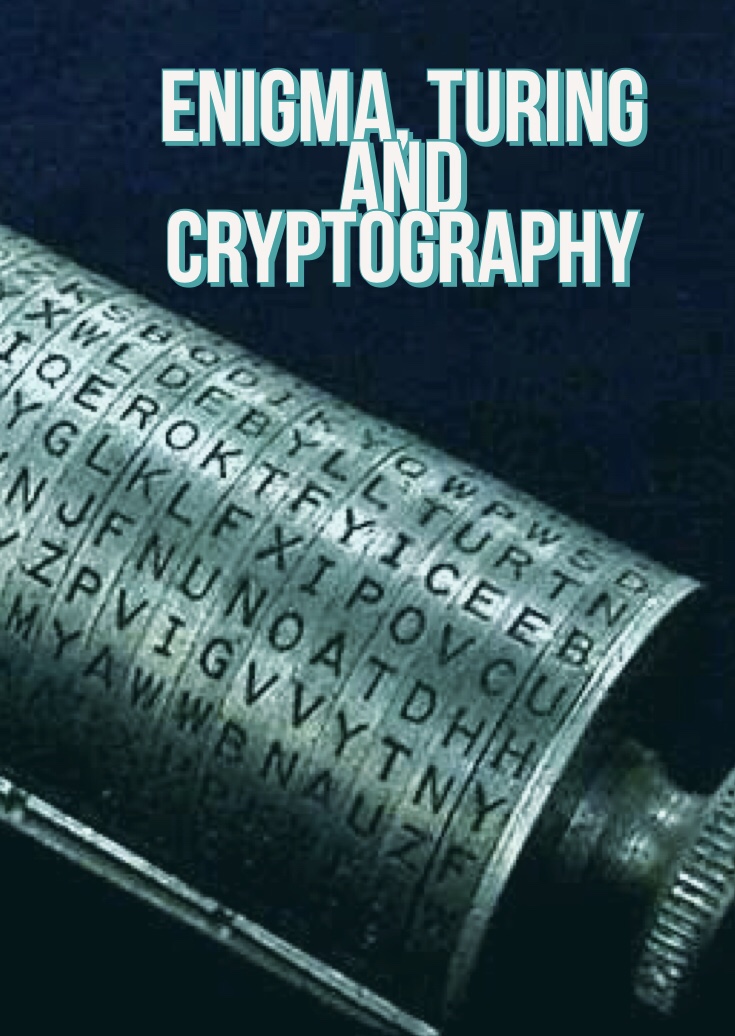Tremendous amount of people know about the 2nd World War, whereas several have knowledge about how it started but there are only handful of people who knew how it ended in Europe.
What happened during World War II?
Adolf Hitler, then Der Führer of Germany started the World War II when he invaded Poland in 1939 but what he hadn’t known then was that he had sealed his fate with his poorly planned invasion of the Soviet (Russia).
Despite initial defeats, the Soviet had managed not to concede and defeated the Nazi forces at Stalingrad. The overextended Nazi were slowly being pushed back across Europe to just Germany but it did take a long time and millions of death to do so.
When the Allied forces; Britain, France, the U.S., Canada, and other allies landed in Normandy in 1944, a new front was reopened in the West eventually grounding the Nazis down once the two enormous military forces of the east and west collaborated.
The Soviet forces were fighting their way through the German capital in Berlin after they were betrayed by once the charismatic ruler; Adolf Hitler who was forced to hide into bunker and giving orders to his imaginary forces since all of their fronts were taken over by Soviet Union. Finally on April 30, 1945 Hitler committed suicide instead of running away and finding asylum. The command of the German forces were then passed on to Admiral Karl Doenitz who raised white flag in no time.
The unstable relationship between U.S and the Soviets was affecting their alliance and eventually leading to the Cold War. Although the Western Allies surrendered on May 8, yet the Soviets were persistent on surrendering on May 9.
How did the Enigma Machine work
Enigma machine was no different from all the best cryptography machines; easier explain than to decipher.
Enigma’s appearance tends to fool people, from outside it looked like a majestic-sized typewriter but its working a lot more complicate.
- Whenever you’d enter a letter of your message on the keyboard, a letter (into which it has been encrypted into) lights up.
- Likewise, when a letter from ciphertext (code) is entered, a letter (which was the actual text) lights up each time.
Internally, the system inside the box had three physical rotors, which takes one of letter inputted to produce a different one as an output. The same letter has to pass through all three of them which is then bounced off a reflector causing the the rotors to reset.
The enigma machine produces different output for the same letters hence causing the codebreakers trouble.
The hands of a clock can be a good analogy for the Enigma Machine; the faster rotor as the seconds hand, the middle one as the minute hand and the slow rotor as the hour hand. The movements of a the hand of a clock is easily comparable to Enigma, but the number of rotation differs. For the enigma, there exists 26 positions for each rotor, accumulating to more than 17,000 different combinations before the encryption starts all over again.
You can find Enigma machine simulator here that works completely like the Navy M3 and M4 Enigma machines used by Germans during the 2nd World War. Try it out and decipher some original German messages!
Enigma: The Uncrackable
Calculating the total probability of a single message that has to be encoded equals to 158,962,555,217,826,360,000 approximately 158 million million million settings of the Enigma Machine, among which only one is correct! Imagine Turing’s frustration when he realized the amount of work he’ll have to do to find the one correct setting, which makes finding a needle in a haystack sound piece of a cake.
Normally, if a normal human were to work on all the possibilities whitouch much help of machines, it would take hundreds of years to go through all possible setting with much of guarantee of success, which wasn’t much of an option due to the ongoing war at those times and of course given the fact that the Nazi changed the settings of the Enigma everyday when the clock struck 12 at midnight.
Breaking Enigma Code
Enigma Machine known today as the reason of upgrade in our cryptographic system was built by Rejewski but before even he could start working on it, a French spy Hans-Thilo Schmidt was working at German’s Cipher Office, Berlin has gotten access to some Enigma document which included two German manuals and two pages of Enigma daily keys. Despite that, the French were unsuccessful in deciphering the Enigma. Since their efforts were rendered useless, they had decided to share their materials with their Brits and Polish allies.
When was the Enigma Code broken
In 1939, the historic team of scientist, mathematicians and cryptographer headed by Alan Turing called the Hut 8 were pulled together with task of breaking the Enigma code.
Turing and Welchman made their own versions of Bombe Machine; which was originally invented by Poles to decipher codes but couldn’t do it effectively as quickly as intended. Turing and Welchman’s machine was a better version but it too also need plenty amount of time to decode a single code. Turing examined all 17,756 possible scrambler positions for a set of wheel orders allowing him to decode the Enigma code quicker hence becoming the Enigma code breaker. In the words of Gordon Welchman “the task of the bombe was simply to reduce the assumptions of wheel order and scrambler positions that required ‘further analysis’ to a manageable number.”
Alan Turing and the Enigma
Turing and his team were specifically assigned to crack the Enigma code. Ever since the Polish mathematicians had gathered some information from French spies and had managed to work out reading the Enigma code, the Germans had increased their security during the war by changing their key on a daily basis. Poles had then shared their information with British mathematicians among which Turing stood out. He performed lengthy probability calculations and analysis manually to get an estimate number of stops per rotor order and eventually breaking the Enigma code and setting modern day computer and information security’s foundation.
Alan Turing: The Secret Hero
The legacy of Turing’s life remained a secret from the public even after his death until the 1970s and it was not until 1990s that his complete story was made known.
Deciphering the Enigma Machine allowed Turing and his group to weaken the U-boat’s hold on the North Atlantic resulting in the Allied invasion of Europe in 1944 and the D-Day landings. These events would had been delayed for an year or longer without Turing’s work consequently Hitler would have had a stronger position to withstand the Allied assault since the North Atlantic was the route to reach Britain for the transfer of ammunition, fuel, food and troops from America.
Some historians concluded that if Bletchley Park Hut 8’s code breaking operation had not taken place, the war would had lengthened by 2-4 years and a further 14-21 million people would have died. What is certain that the efforts of Turing and his team saved countless souls and changed the outcome of the conflict.
Alan Turing: A Secret till 1974
The Bletchley Park codebreaking story was a government secret in 1954 but became public after 1974. After that Alan Turing emerged as Merlin who became the mastermind behind the modern cryptographic theory. The modern computer is pretty much what Turing imagined his Universal Machine would be for it has become an ‘addictive hub of personal contact’.
Several movies like Breaking the Code (1996), Enigma (1982), U571 (2000), Enigma (2001), All the Queen’s Man (2001) and Codebreaker (2011) were produced about about the Enigma Machine, Alan Turing and the Bletchley Park code-breakers but it was not until the release of the Oscar-nominated film The Imitation Game in 2014, the name ‘Alan Turing’ (played by Benedict Cumberbatch) became very widely known.
Alan Turing: The Legacy
The impact of Alan Turing on Computer Science is widely acknowledged that the annual “Turing Award” has been the highest accolade in that industry since 1966.
In March 1954, Robin Gandy received a postcard from Alan Turing titled ‘Messages from the Unseen World’ having a cryptic joke about quantum mechanics:
“The exclusion principle is laid down purely for benefit of the electrons themselves, who might be corrupted (and become dragons or demons) if allowed to associate too freely.”
U.K had forbidden him from associating with anyone due to different reasons but this dialogue of acquiescence and dissent; of seriousness and humour; of self-assertion and withdrawal; abstraction and concreteness, were typical of Alan Turing in mathematics and in war.
Effects of Enigma
Cryptography and Maths
The story of Enigma and breaking its encryption does not only prove to a historical reference for the importance of cryptography but also a clear example of lives depending on the skills of specialized mathematicians.
This is one of the many examples that proves that mathematics is not just a meaningless clutter of numbers, often what math-haters picture maths as. It’s something far greater…something that can save countless human lives.
This historical event also proved that perseverance and belief in your ideas ultimately leads to success, no matter how impossible the problem may initially appear.
Cryptography and the Digital World
Cryptography in the digital world offers three core area that protect you and your data from attempt theft, theft or an unauthorised use of your data and possible fraud. Cryptography cover these essential area; authentication, integrity, and confidentiality.
Cryptography and the Modern World
The requirement of information security within an organization has went through some major changes since the Second World War. The security of information felt to be valuable to an organization was provided primarily by physical and administrative documents, before the widespread of data processing equipment. An example of the latter is personnel screening procedures used during hiring process. An example of the former is the use of rugged filing cabinets with a combination lock for storing sensitive documents.
Cryptography provides information security for
- defending against hackers and espionage
- securing E-commerce, bank accounts/electronic transfers and intellectual property
- avoiding liability and threats to Information Security
- pervasiveness of email/networks
- online storage of sensitive information
- insecure technologies (e.g. wireless)
- trend towards paperless society
- weak legal protection of email privacy
Conclusion: Enigma Machine, an Overview
Great amount of work has gone into breaking Enigma Machine, more modern approaches include Jim Gillogly’s paper ‘Ciphertext only Cryptanalysis of the Enigma’. A follow up letter correcting some mistakes in the paper can be found here. Another paper that builds on Jim Gillogly’s paper is ‘Applying Statistical Language Recognition Techniques in the Ciphertext only Cryptanalysis of Enigma’ by Heidi Williams. Another interesting resource is The Cryptographic Mathematics of Enigma.




Informative
LikeLike
Wow, very informative blog UX UI freelance graphic designer in Dubai
LikeLike
Wow, very informative blog UX UI freelance graphic designer in Dubai
LikeLike
Loved the work. Explained well. iPhone repair & cellphone repair Chatham
LikeLike